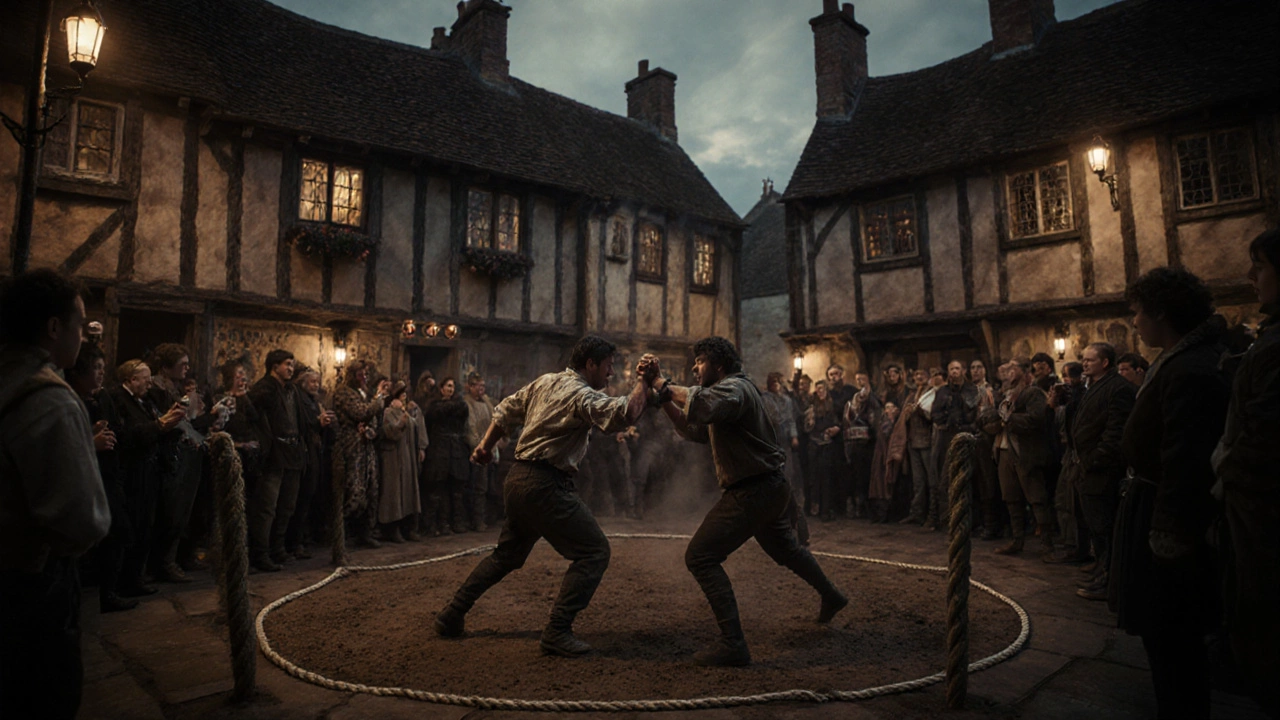History of Boxing: Origins, Evolution, and Key Moments
When you think of boxing, a combat sport where two opponents fight using gloved fists under regulated rules. Also known as pugilism, it’s one of the oldest organized sports in human history. It’s not just about punches and knockouts—it’s a story of culture, survival, and human endurance that stretches back thousands of years.
The earliest traces of boxing come from ancient Sumeria around 3000 BCE, but it was the Greeks who turned it into a formal event, adding leather straps called himantes, strips of leather wrapped around fighters’ hands for protection and added impact to their fists. By 688 BCE, boxing was part of the Olympic Games. Unlike today’s regulated matches, ancient bouts had no rounds, no time limits, and often ended only when one fighter couldn’t continue—or died. The Romans later turned it into a brutal spectacle, equipping fighters with metal-studded gloves called caestus, a weaponized glove designed to maim, not just punch. These weren’t sports—they were survival contests.
Modern boxing as we know it began in 18th-century England. Jack Broughton, a champion fighter, introduced the first set of rules in 1743, banning hits below the belt and introducing a 30-second count after a knockdown. This was the foundation. Then came the Marquess of Queensberry Rules in 1867, which mandated gloves, three-minute rounds, and no wrestling or hugging. These rules turned boxing from a bare-knuckle brawl into a disciplined sport. The rise of boxing champions, legendary fighters who became global icons through skill, charisma, and media exposure like John L. Sullivan, Muhammad Ali, and Mike Tyson helped turn boxing into a worldwide phenomenon. Each era brought new styles, new training methods, and new equipment—from simple leather gloves to today’s high-tech hand wraps and mouthguards.
Today, boxing isn’t just about who lands the hardest punch. It’s about timing, footwork, strategy, and mental toughness. The sport has evolved from underground fights in alleyways to billion-dollar pay-per-view events, yet its core remains unchanged: two people, in a ring, testing their limits. Whether you’re watching a title fight in Las Vegas or training at a local gym, you’re taking part in a tradition that’s lasted over five millennia. Below, you’ll find real stories, deep dives, and clear explanations about how boxing became what it is—and what it still means to those who step into the ring.
Why Do We Call It Boxing? The Surprising Origins of the Name

The name 'boxing' doesn't come from gloves - it comes from the ring where fighters stood for centuries. Discover how a simple verb became the global term for one of the world's oldest sports.
